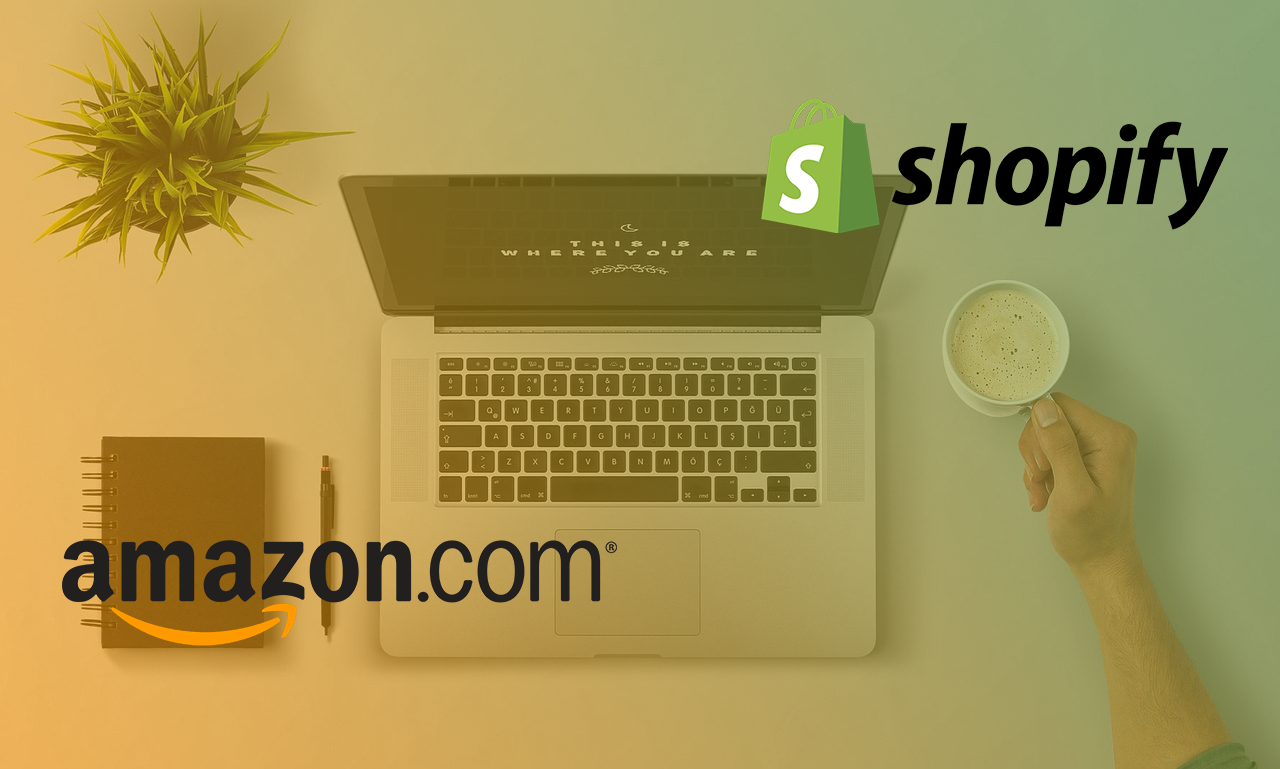Shopify Versus 5 Other Top E-Commerce Platforms
- E-Commerce
- Shopify
- 6 Mins

Why Shopify?
With so many e-commerce platforms now available for international use, clients and professionals pose the question quite often: Why Shopify? For us, Shopify wasn’t an arbitrary choice — we could adapt our services to any platform! But truth be told, Shopify seems to win out in nearly every category imaginable. Here’s how it stacks up against five of its key competitors.
Shopify Versus Wix
One leading e-commerce alternative to Shopify is Wix. They’re about the same price at the starter level, but Shopify scales in price more quickly than Wix as you move up in advanced functionality. One benefit of Shopify is that its themes are optimised for selling while Wix’ require extra work and widgets to have the same amount of e-commerce dedication. With that said, Wix does offer entirely free themes and templates, with over 100 of them being for e-commerce specifically. Shopify also keeps their editing interface and store owner dashboard separate while Wix does not, allowing for greater clarity and organization. An advantage over Shopify is Wix’ lack of extra fees during payment processing, whereas Shopify does tack on additional fees if you don’t use Shopify Payments or Stripe.
Overall, Shopify is more powerful than Wix and likely a better option for bigger businesses (or those that see upwards scaling a possibility in the future). However, that power does come at a more expensive price. For bigger stores, Shopify’s high-level e-commerce features — including automated inventory, restocking, shipping, and similar advanced features for large order sizes and expansive inventory selection — are more than worth their price tag. Smaller businesses, freelancers, and individual sellers may be better off with Wix, but even then, it’s a matter of preference.
Shopify Versus WooCommerce
Another Shopify alternative is WooCommerce. WooCommerce’s biggest downfall is that it isn’t a hosted platform. As a user, you’ll need to install it, manage updates, and keep backups of your own site. Even more importantly, it’s on the store owner to keep the site secure. Luckily, WooCommerce does have both free and paid plugins for these, but Shopify’s hosted server does have all of this included. Because of this, WooCommerce is generally cheaper — but that’s a fact made possible by third party hosting providers. For example, Bluehost offers a free domain name, free SSL certificate, and discounted web hosting for WooCommerce, where purchasing each on your own wouldn’t be quite so cost friendly.
Because it’s backed by WordPress, WooCommerce does have the benefit of possessing just about any functionality imaginable — over 55,000 WordPress plugins. It is a little harder to navigate than Shopify’s intuitive drag-and-drop design though. Where Shopify really wins out for store owners is with their service. WooCommerce’s support is through the hosting provider/developer of your theme or extensions, meaning that problems don’t have a singular catch-all helpline. Shopify simplifies things by having 24/7 support via live chat, phone, email, and more. The bottom line? If limitless design is your goal or managing backend development is necessary, WooCommerce does offer more flexible capabilities. For anyone with a standard store (or with tech savviness short of a development degree), Shopify is a safer option.
Shopify Versus BigCommerce
Next in line is BigCommerce. This fully-hosted, all-in-one e-commerce platform is more comparable to Shopify due to its simplicity. BigCommerce comes with the benefit of being able to be added to a WordPress site if you already have one. Like Shopify, there are paid and free app options, and generally speaking, both sites will cost you about the same amount per month. Where do they differ? Sales caps. Basic Shopify plans don’t impose sales limits, while BigCommerce caps sales for each level before an upgrade to a better plan is necessary, giving you a mere 1,000–2,000 additional orders before the store’s order functionality is halted. Shopify also offers abandoned cart saver functionality on entry-level plans and above, while BigCommerce does not.
With that said, BigCommerce does have 0% transaction fees on all plans and payment methods while, again, Shopify is only 0% if you use the Shopify Payments system. BigCommerce is also slightly cheaper with regards to credit card fees, but only by a difference of up to 0.2–0.4% compared to Shopify — a possibly noticeable difference for stores with high sales volumes. At the end of the day, BigCommerce could be a more financially-reasonable option if you know you won’t hit sales caps. But for companies expanding fast or part of a more volatile sales market, Shopify’s unlimited sales greatly outweigh their transaction and credit card fees both numerically and sensically.
Shopify Versus Volusion
An e-commerce platform more popular in the U.S. is Volusion. They have similar interfaces, but Shopify’s is more intuitive and offers more templates. Volusion and Shopify are essentially the same price, with Volusion offering one additional tier between basic and advanced plans than Shopify does. Volusion does win out in that it has no transaction fees no matter what, while Shopify does take a cut for sales made outside of its Shopify Payments processing option. However, Volusion has sales limits on all plans except their Volusion Prime (most advanced) option. Additionally, Shopify offers abandoned cart functionality at a lower-priced tier and point-of-sale features on all of its plans — while Volusion has none at all.
All things considered, no matter your goal, Shopify beats out Volusion in every e-commerce category that matters.
Shopify Versus Squarespace
Lastly, there’s Squarespace. Squarespace was not started with the intent of selling items, but instead created for those seeking a platform to build content-based sites upon. Squarespace later added e-commerce to their list of features, and similarly, Shopify has added features and apps for content creation. As expected, Shopify has more e-commerce features. It is capable of accepting payments from many currencies, offering dropshipping, providing reporting features, managing inventory on a complex level, and integrating with a variety of third-party apps. Squarespace doesn’t offer most of these, and certainly not at the same level.
They’re about the same in price — if you choose plans that enable e-commerce functionality — but Squarespace charges more transaction fees that can be avoided if you use Shopify’s payment gateways. The conclusion: if you’re trying to run a website that happens to sell products, Squarespace might be better for you. However, Shopify is better when selling products is the primary objective, and content secondary (if present at all).
Thinking Shopify? Contact Radiant
As your store grows, expanding with the experts is essential. We’ve helped countless top Shopify brands grow their online presence and increase their conversion. Our team of Shopify experts does everything from elevating existing storefronts through innovative, numbers-driven design to propelling marketing efforts into successful sales. Get in touch today to see how we can turn your budding business into a full-fledged brand!




















